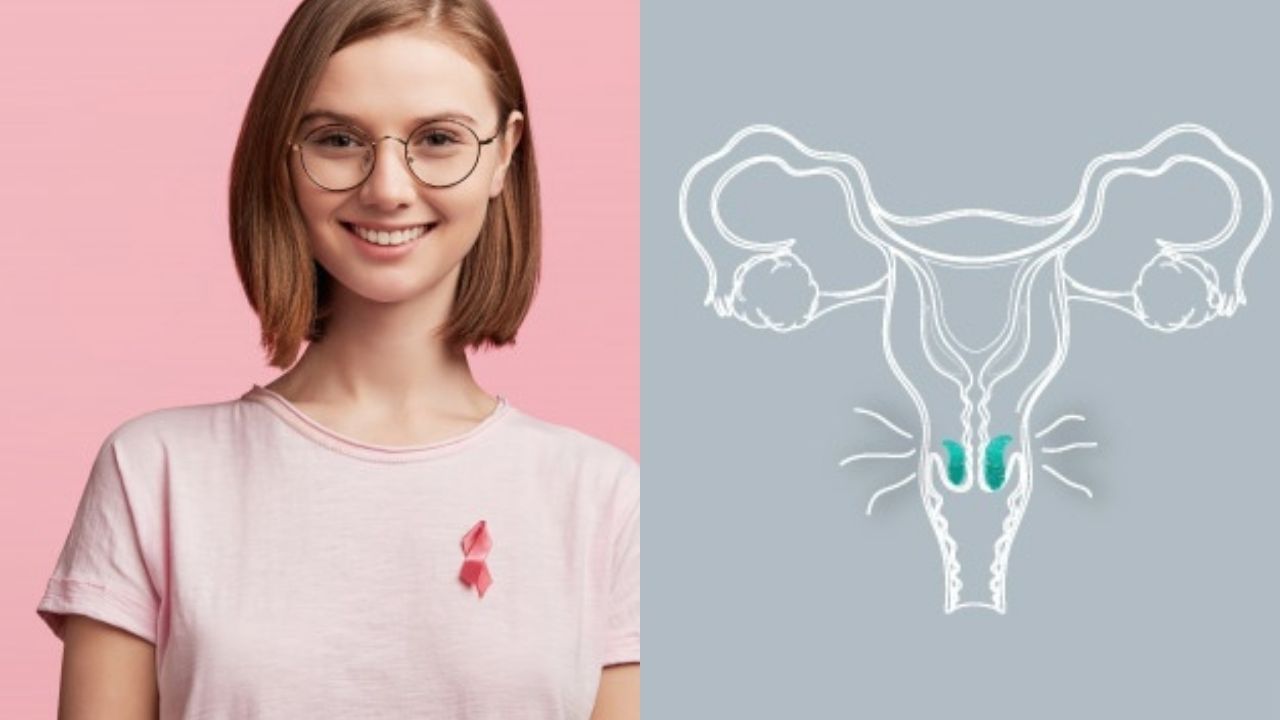
Cervical cancer has long been associated with older age, but recent trends reveal a disconcerting rise in its occurrence among young women. This shift in demographics brings forth a myriad of challenges, from delayed diagnosis to the unique emotional and medical considerations that young patients face.
Changing Demographics:
Traditionally, cervical cancer has been linked to women in their 40s and 50s. However, a concerning shift is underway as an increasing number of cases are being diagnosed in women under the age of 30. This change challenges the prevailing notion that cervical cancer predominantly affects older populations.
Delayed Diagnosis and Lack of Screening:
One of the key challenges in addressing cervical cancer in young women is the delay in diagnosis. Routine screening, such as Pap smears and HPV tests, is typically initiated at the age of 21. However, some young women may not prioritize these screenings, assuming that cervical cancer is an older woman’s concern. This delay can lead to the detection of cancer at advanced stages, complicating treatment and reducing survival rates.
HPV Infection and Vaccination Gaps:
Human Papillomavirus (HPV) remains the leading cause of cervical cancer. Gaps in HPV vaccination coverage contribute to the rising trend among young women. Improving vaccination rates, especially before sexual debut, is crucial in preventing HPV infection and subsequently reducing the risk of cervical cancer.
Social and Behavioral Factors:
Young women may face unique social and behavioral challenges that impact their cervical cancer risk. Factors such as early sexual activity, multiple sexual partners, and a lack of awareness about safe sex practices can elevate the risk of HPV transmission. Addressing these factors through education and outreach is essential in curbing the rising trend.
Fertility Preservation Concerns:
Cervical cancer treatments, including surgery and radiation, can impact fertility. For young women who may not have completed their families, this becomes a significant concern. The emotional and psychological toll of navigating fertility preservation options alongside cancer treatment adds a layer of complexity to the overall management of cervical cancer in this demographic.
Psychosocial Support Needs:
Young women facing a cervical cancer diagnosis often require unique psychosocial support. Dealing with a cancer diagnosis at a young age can disrupt educational and career trajectories, leading to emotional distress. Providing adequate support services, including counseling and survivorship programs, becomes crucial in addressing the holistic needs of these patients.
Advocacy and Awareness Efforts:
To effectively address the rising trends of cervical cancer in young women, advocacy and awareness efforts are paramount. Educational campaigns should emphasize the importance of early screenings, the role of HPV vaccination, and the need for safe sexual practices. Empowering young women to take charge of their reproductive health is a pivotal step in reversing the current trajectory.
The rising trends of cervical cancer in young women present multifaceted challenges that demand a comprehensive and targeted approach. From improving vaccination rates and advocating for early screenings to addressing social and behavioral factors, the medical community, policymakers, and advocacy groups must collaborate to create strategies that effectively tackle this evolving public health concern. By prioritizing education, fostering awareness, and providing tailored support services, we can hope to mitigate the impact of cervical cancer on the lives of young women and pave the way for a healthier future.
The author is a Radiation Oncologist, American Oncology Institute (AOI) Imphal.